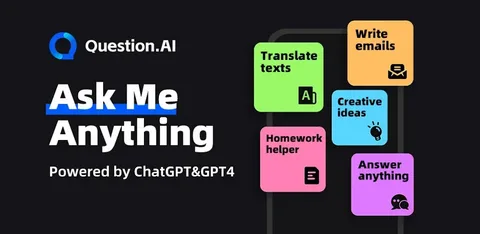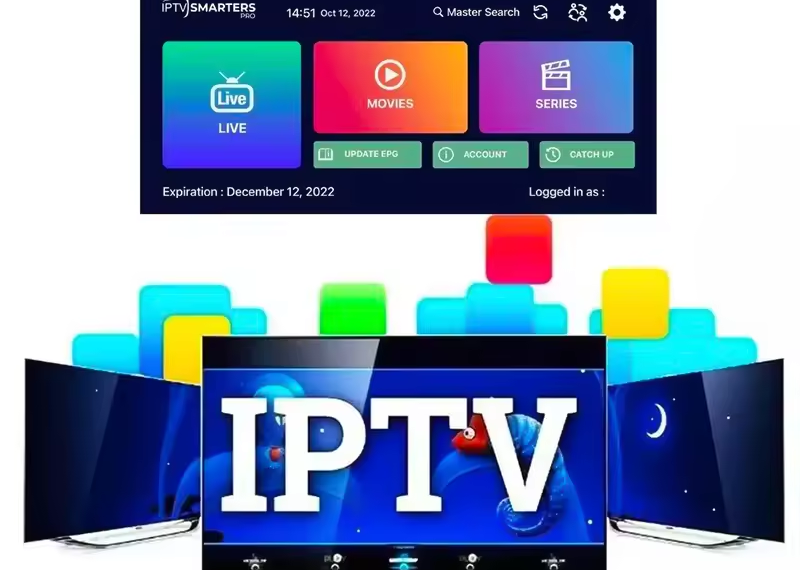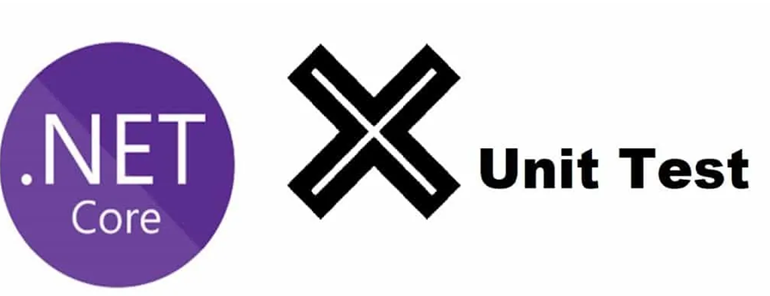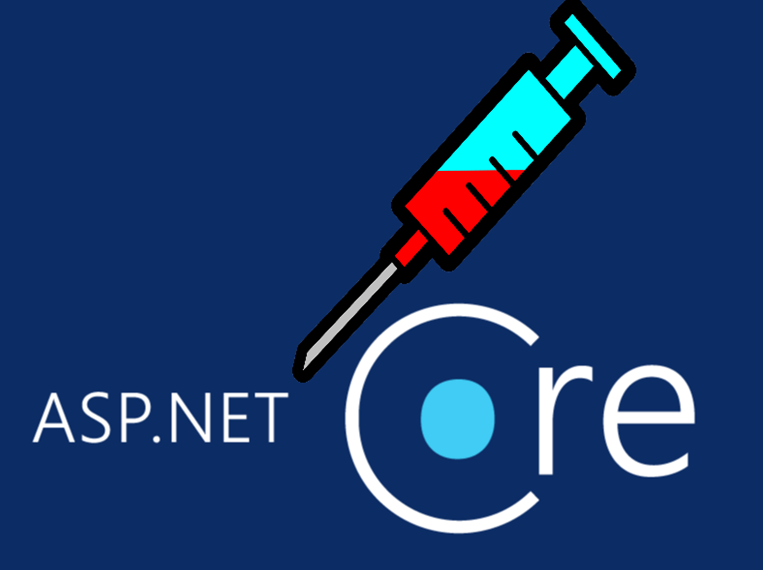For students navigating the maze of academic challenges, Question.AI isn’t just another app—it’s a practical ally. Touted as the “study companion that answers anything,” the platform skips flashy promises and focuses on what matters: simplifying complexity. While competitors might dazzle with jargon, Question.AI sticks to its strengths—tools like its Ask AI feature, a built-in calculator, and an AI Writing module—all designed to tackle tough subjects without overhyping results.
Let’s cut through the noise and see how it actually works. Take geometry, for instance—a subject where even confident students hit walls. Imagine a proof requiring you to show segments FH and GI are congruent. Instead of handing you an answer, Question.AI walks you through the why and how, step by messy step. No shortcuts, no skipped logic—just clear, structured thinking.
Breaking Down Barriers, One Step at a Time
Every good solution starts with what’s given. In this case, the platform begins by laying out the basics: ∠F ≅ ∠I, EH ≅ EG, and ∠FEG ≅ ∠HEI. This isn’t just a dry list of facts. By anchoring the proof in these starting points, the tool mimics how a teacher might scribble key details on a whiteboard—simple, direct, and impossible to ignore.
From there, things get interesting. The Additive Property of Angle Measure comes into play, but Question.AI doesn’t assume you’ve memorized the term. Instead, it shows how ∠GEF splits into ∠GEH + ∠HEI, and similarly, how ∠FEH becomes ∠FEG + ∠GEH. This isn’t robotic formula-spitting; it’s more like a friend nudging you to see connections between angles you might’ve overlooked.
Then comes the substitution phase—the part where equations get reshuffled. Here, the platform leans into clarity, swapping equivalent expressions without leaving you stranded in algebraic jargon. Even if you’ve always found substitution intimidating, the explanation feels like a steady hand guiding you through the fog.
When Triangles Hold the Answer
Geometry thrives on patterns, and Question.AI knows this. Once angles are clarified, the proof pivots to the AAS Congruence Postulate. But instead of tossing around terms like “AAS” and expecting you to nod along, the tool breaks it down: two angles, one side, and why their alignment matters. It’s the difference between hearing “triangles are congruent” and truly grasping how their matching parts unlock the proof.
CPCTC (Corresponding Parts of Congruent Triangles are Congruent) seals the deal. By this stage, the platform has already built a bridge from givens to substitutions to triangle congruence—so when FH and GI emerge as congruent segments, it feels less like a leap and more like the obvious next step.
What sets this apart? The refusal to gloss over details. Question.AI doesn’t just state “AAS proves congruence” and move on. It pauses to unpack why the angles and sides fit the criteria, mirroring the way a skilled tutor might circle back to reinforce a tricky concept.
Beyond Math: A Toolkit for Every Challenge
While the geometry example highlights Question.AI’s rigor, its real power lies in versatility. The AI Writing tool, for instance, doesn’t just spit out grammatically correct essays—it nudges you to refine arguments, tighten logic, and trim fluff. Similarly, the Book Summary feature isn’t a lazy cliff-notes generator; it identifies themes, flags key quotes, and even points out inconsistencies in dense texts.
Even the Calculator tool has a story. It’s not just about crunching numbers—it’s about showing work. Input an equation, and it’ll display not just the answer but the steps to get there, making it a lifesaver for students who need to reverse-engineer solutions before a test.
And let’s not forget the Translate tool. For non-native English speakers wrestling with academic papers, this isn’t a clunky Google Translate clone. It preserves technical terms while smoothing out phrasing, ensuring “angle bisector” doesn’t morph into “corner cutter” mid-sentence.
Why Structure Matters More Than Speed
In an age of instant answers, Question.AI takes a contrarian approach. Yes, it’s fast—type a question, get a solution. But speed isn’t the endgame. The platform’s layered explanations aim to build durable understanding. Take that geometry proof again: by dissecting every logical link, it trains users to approach problems methodically, whether they’re tackling calculus or chemistry.
Consider a student prepping for finals. They’re stuck on a proof, nerves frayed. Instead of panicking, they plug it into Question.AI. What unfolds isn’t a magic trick but a roadmap—a patient unraveling of assumptions, properties, and theorems. Over time, this process doesn’t just solve problems; it rewires how students think.
No Gimmicks, Just Learning That Sticks
Question.AI’s design philosophy is refreshingly transparent. There’s no AI persona pretending to be your “study buddy,” no exaggerated claims about “revolutionizing education.” What you get is a no-nonsense suite of tools that respect your time and intelligence. The math proof we’ve dissected? It’s a microcosm of the platform’s ethos: clarity first, flair second.
This isn’t to say the tool lacks polish. Features like the AI Search function cut through digital clutter, pulling precise answers from textbooks, lectures, or research papers. But even here, the focus stays on utility over dazzle. You won’t find cartoon mascots or gamified rewards—just clean interfaces and explanations that prioritize substance.
The Bottom Line: Why It Works
At its core, Question.AI thrives on balance. It’s detailed but not overwhelming, structured but not rigid. For visual learners, flowcharts and diagrams break down proofs. For verbal thinkers, bullet-free paragraphs dissect arguments. And for everyone else, there’s the quiet confidence of knowing that no matter the subject, the platform meets you where you are—confused, curious, or somewhere in between.
The geometry example isn’t just a demo; it’s a blueprint. By treating every problem as a teachable moment, Question.AI turns hurdles into stepping stones. Whether you’re decoding Shakespeare or deriving equations, the message is the same: slow down, dig deeper, and let the process work. In a world obsessed with quick fixes, that’s a lesson worth learning.














